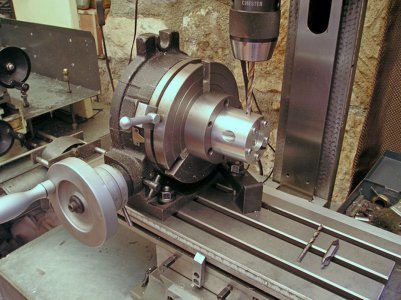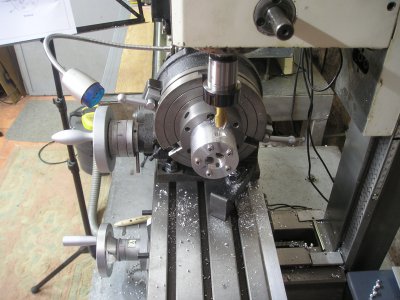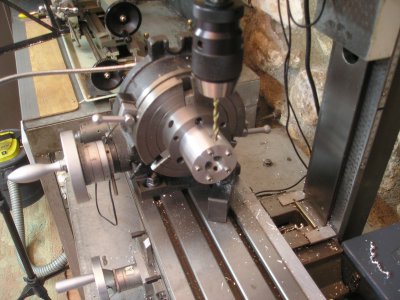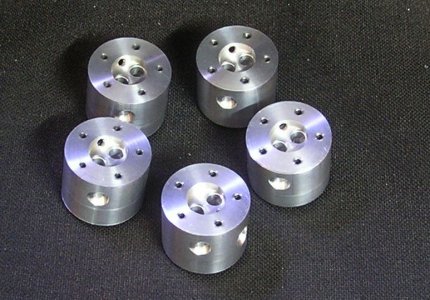When I did my 5 cylinder engine, I did make at least one extra of almost every part, thinking I might mess one up somewhere along the line, especially the parts with lots of operations on them. I ended up with at least one extra of almost every part. I did pick the best looking and or fitting parts to assemble the engine. I keep the extra parts in a plastic box near the model. The nice thing about that is, when someone expresses interest in the model, how it was made or how it works, I can pull out the extra pieces and they can see how the parts look unassembled.
I worked my way through college in a "job shop" machine shop. We would make tens or hundreds if not thousands of the same parts. Labor was expensive, the materials were relatively cheap. So when we did a setup for an operation, we would get it pretty close, make the cut, measure the part, make adjustments, cut another, adjust if necessary and start the run. We'd keep a few of the setup scrap parts to set up the next step. With the turret lathes and automatic screw machines we had, that was really the only way to do it. Now, as a hobby, the material is expensive and the labor is cheap!




